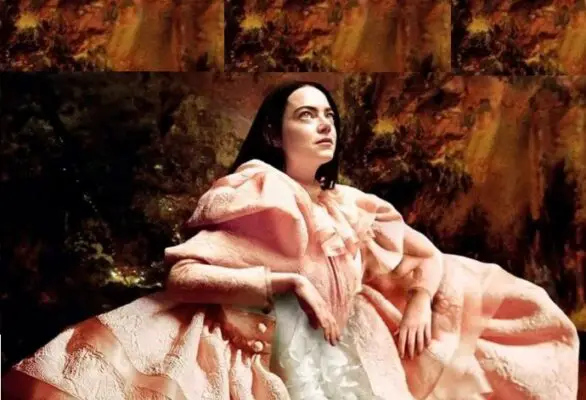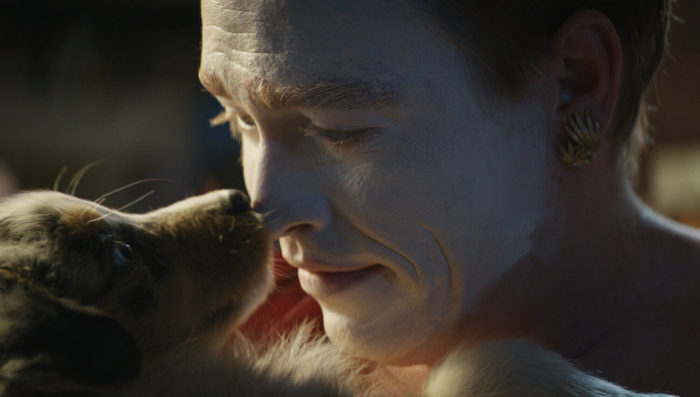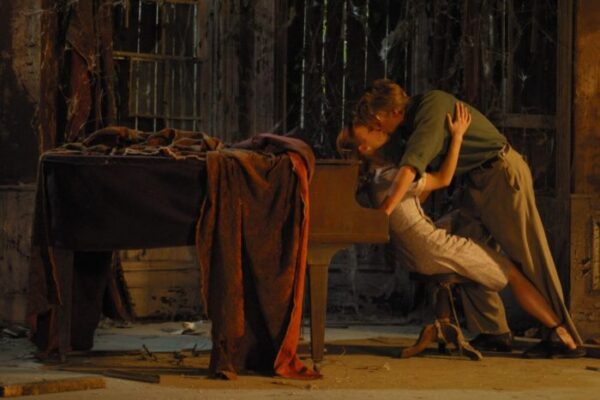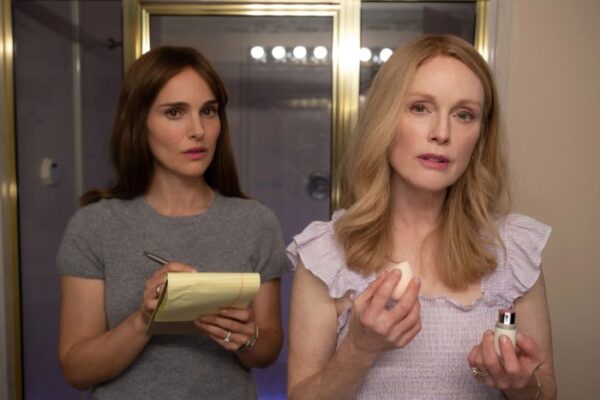It is extremely rare in viewers’ reviews of the film that they stand next to “very heavy” and “I watch with pleasure for the tenth time.” But anyone who has watched “Where Dreams May Come” will understand how this can be: W. Ward’s masterpiece evokes very complex emotions and at the same time gives an amazing light, for the sake of which you want to watch it again and again. And although critics define the genre of the film as a fantastic melodrama, it is easy to see that in terms of style, content and imagery, it is very close to a fairy tale. By and large, What Dreams May Come is indeed a beautiful fairy tale for adults, but the tale is very difficult, with deep semantic and visual layers.
Plot Summary
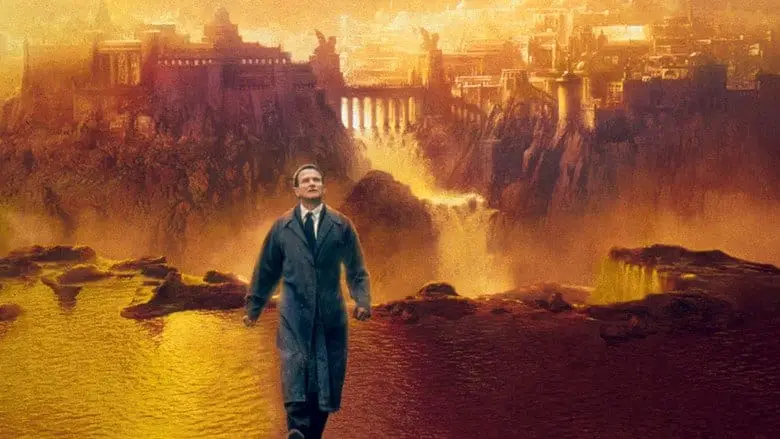
What works served as the literary basis for the film?
The film is based on the novel of the same name by the famous American science fiction writer R. Matheson, who became one of the script authors. At the same time, the plot of the book is somewhat different from the plot of the film: for example, Chris dies first in the novel, and Annie commits suicide, leaving the children completely alone in this world. However, Matheson’s novel is not the only source of ideas and plot lines for the film, which has absorbed a lot of European culture since antiquity.
The story of Chris, who descended into hell for Annie, strongly resembles the ancient Greek myth of Orpheus, who descended into Hades (the underworld of the dead) after his beloved Eurydice. And the very image of hell and the guide in it evoke Dante’s “Divine Comedy” in memory. We can say that Ward, in his own way, is trying to reveal one of the most complex themes of European culture, namely the mystery of life and death, which is clearly hinted at by the very title of the film.
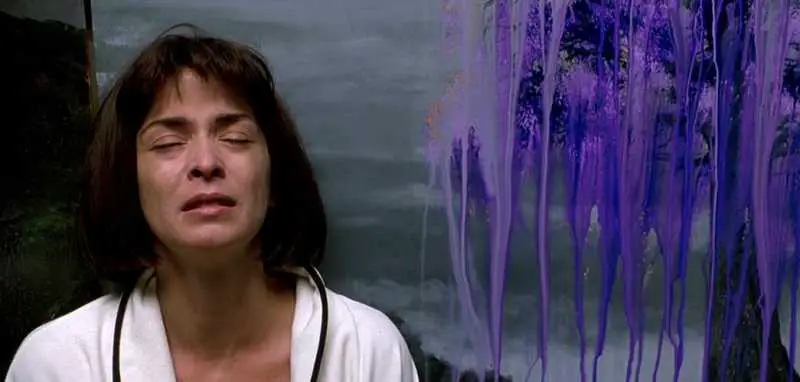
What is the meaning of the name?
The translation of the original title of the film and the book – “What Dreams May Come” – can be somewhat confusing, because the English word “dreams” means both “dreams” and “dreams”, and the sentence itself is a quote from one of Hamlet’s monologues, which is the epigraph to Matheson’s book. But, since “What kind of dreams will I dream in that death dream” did not fit the distributors as a title, the film received a new name.
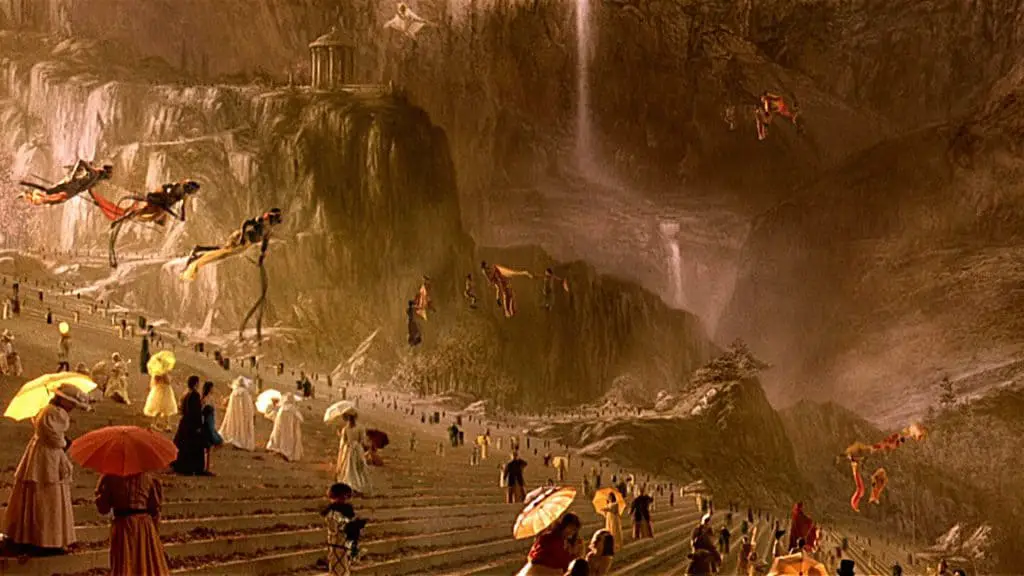
What was the basis of the visual series?
Ward’s film would hardly have made such a strong impression if the iconic images of European artistic culture had not been incorporated into its video sequence. Critics have counted at least five sources of the visual series: this is the painting of the Renaissance, the work of the Pre-Raphaelites, paintings by Dali, Bosch’s triptychs, as well as modern kitsch in the form of sugary cards with cherubs.
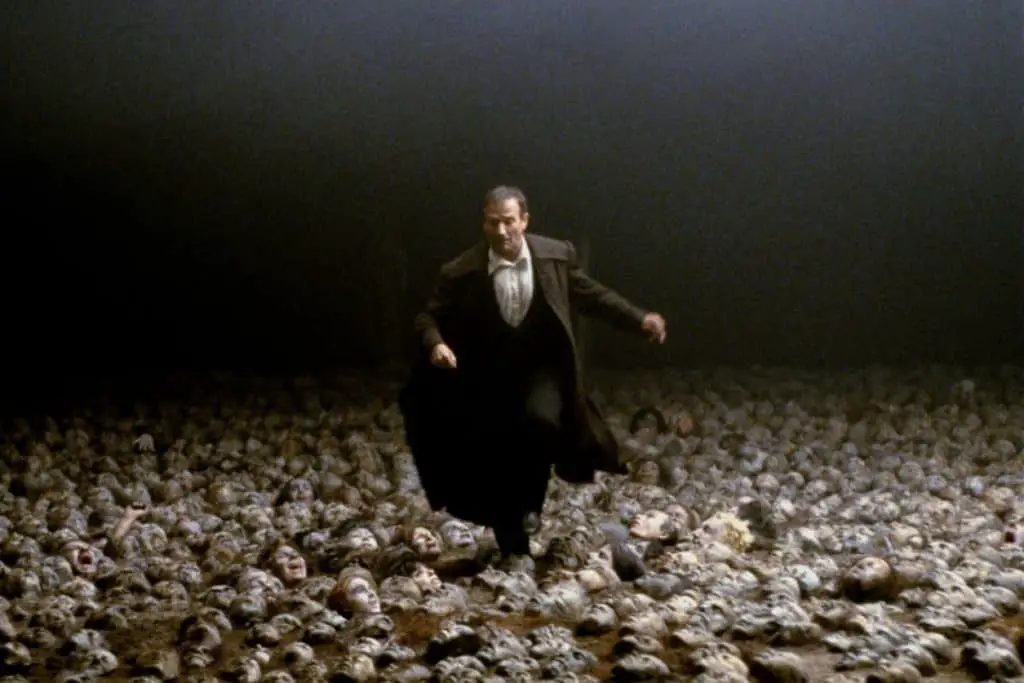
What’s the point of the movie?
What Dreams May Come, like any good film, contains not one, but many layers of meaning, and yet one of them, the most interesting, is not often noted by the audience. We are talking about the materiality of thought in the truest sense of the word: our world, what’s in this, what’s in the afterlife is what we think. All our thoughts and actions have consequences, it doesn’t matter if we like it or not. If desired, even hell and heaven can be interpreted as detailed metaphors of the processes taking place in our minds.
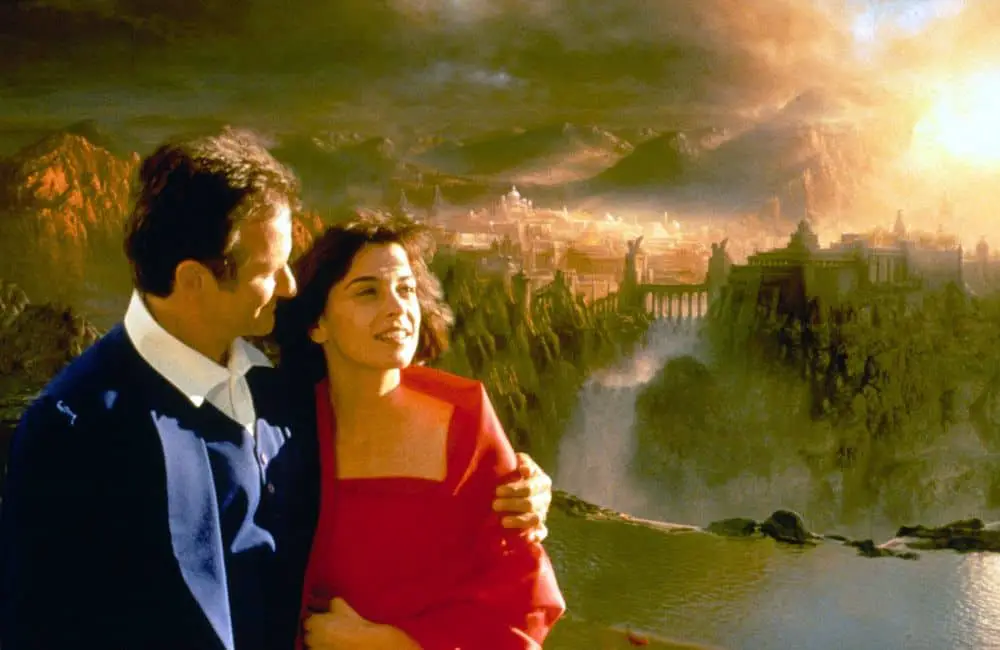
Another semantic layer is associated with another eternal theme – the meaning of life. The director does not say anything fundamentally new: the meaning of life is to love, not to close in the shell of your egoism, to serve your cause, in short, “our hell is a wasted life.” The psychological reliability of the feelings and actions of the characters, unexpected in a fantastic film, gives convincing to these thoughts. At some point, the most skeptical viewer begins to believe that love does not end with life, and the strength of the spirit is capable of conquering even hell. And for the sake of this feeling, I want to watch the film.
What’s the point of the final scene?
At the end of the film, the viewer sees a boy and a girl by the river, subtly similar to Chris and Annie. Are we dealing with a flashback (this is hinted at by the protagonist’s voiceover) or have the souls returned to Earth in a new guise, as planned? The director does not give an answer, allowing the viewer to interpret the scene as he sees fit. One thing is certain: Chris and Annie won’t part anymore.
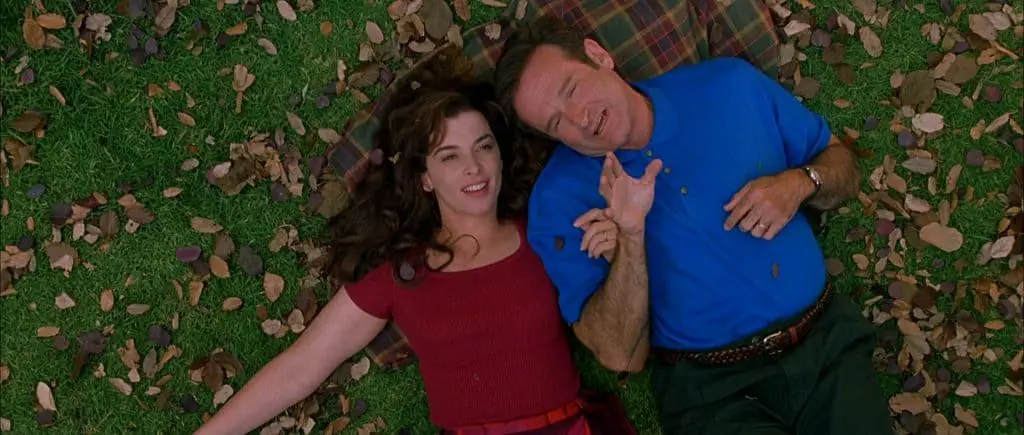
Interesting Facts
Since the vast majority of the film’s scenes are set in a different world, Ward decided to resort to an unusual visual technique, using rare Fuji Velvia film. She creates extraordinary. rich, “unearthly” color scheme of the film. Unfortunately, the original film, shot on Fuji Velvia, does not exist today: it burned down along with other tapes during a fire in the video storage of the film studio in 2008.
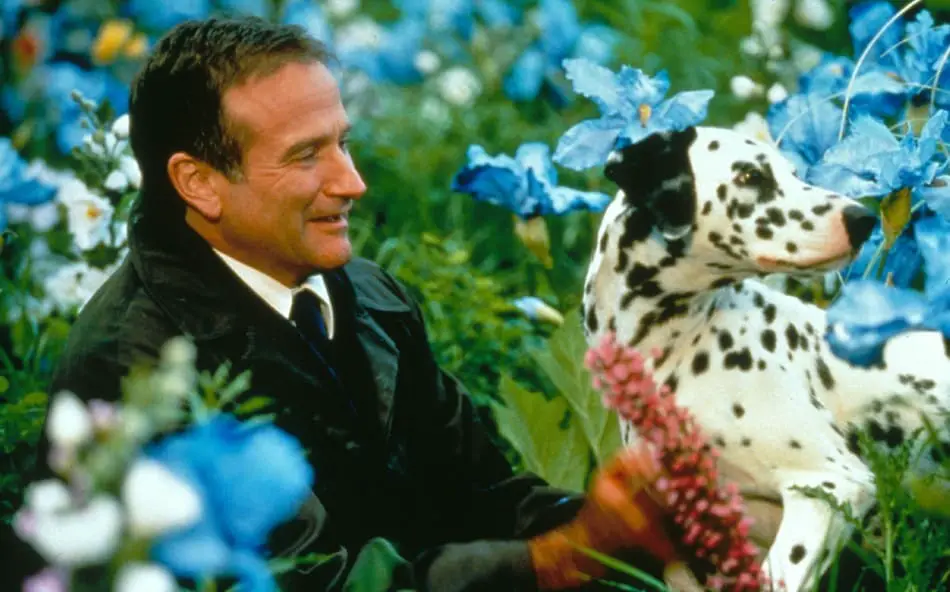
While it appears that the setting of nearly all of the key scenes in the film is the work of computer graphics, in fact, Ward made extensive use of location footage. So, the basis for the “hellish” scenes were the interiors of the dilapidated aircraft carrier “Oriskany” and the pool of the naval base – however, computer graphics still worked hard to transform them. In the end, the only Oscar that the film won was for the visuals.
Like many films with a mystical component, “Where Dreams May Come” is not without its list of strange coincidences, consequences and accidents. In addition to the burned-out original of the film, it should include the death of the leading actor, Robin Williams. In the film, Chris went down to hell to rescue his suicidal wife from there, but in reality, on the contrary, Robin Williams committed suicide in 2014. According to the widow, the cause of suicide was severe depression caused, in turn, by an incurable disease – dementia with calves Levy.


